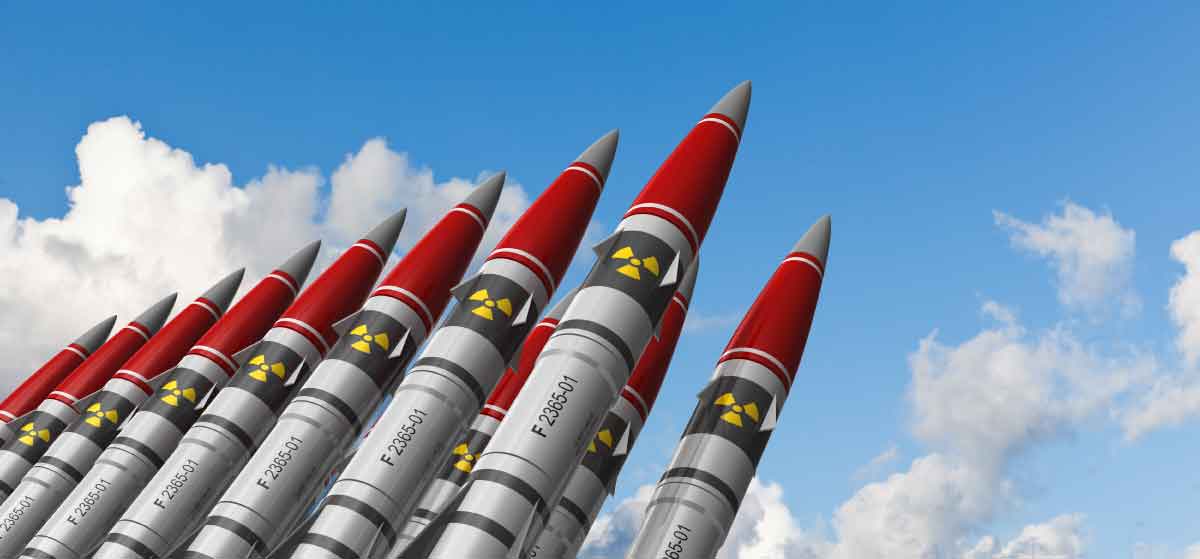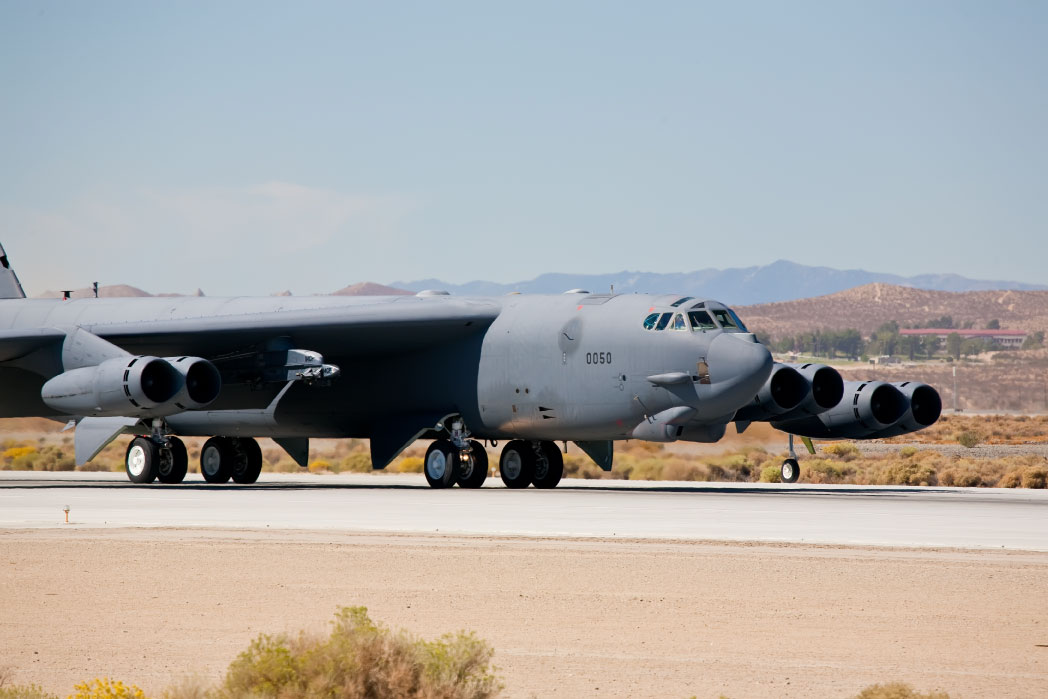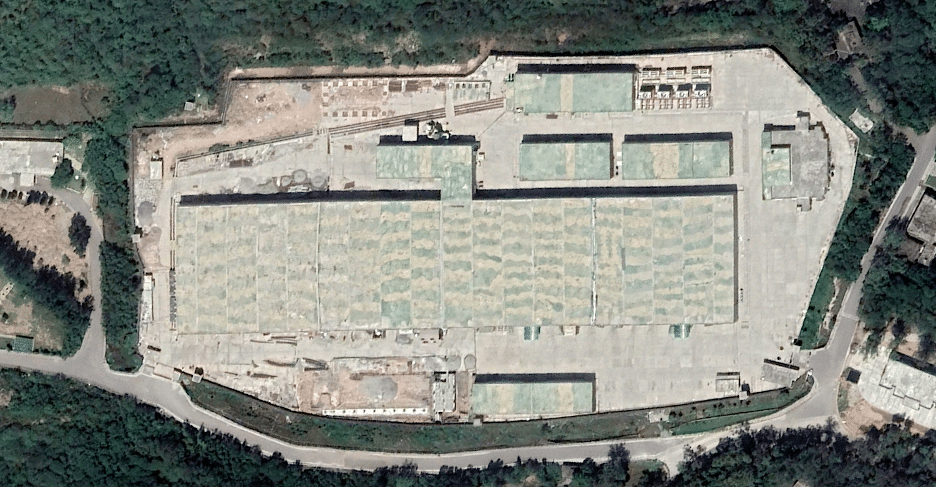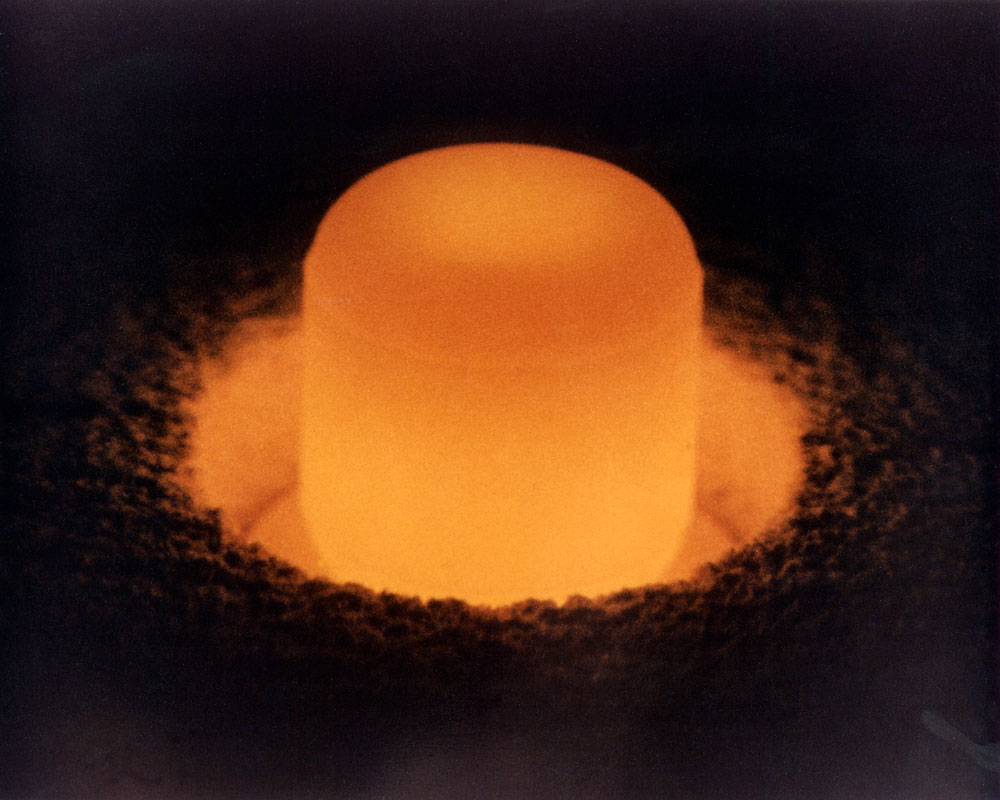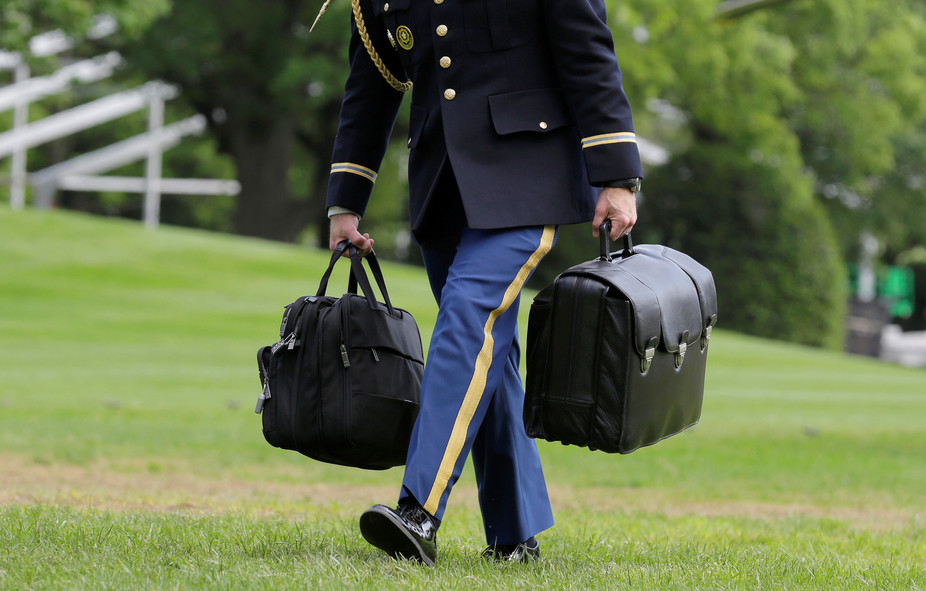Nuclear Tipping Point
The documentary Nuclear Tipping Point tackles nuclear dangers, featuring Shultz, Perry, Kissinger, and Nunn.
More than twenty years after the fall of the Soviet Union and the end of the Cold War, the United States and Russia still account for 95% of the world’s nuclear weapons: around 20,000 nuclear weapons total. Thousands of these weapons are on hair trigger status, meaning they can be fired in very little time, and more rogue states and terrorist organizations are looking to acquire the weapons and materials to make bombs.
Nuclear Tipping Point, produced in 2010, follows the work of four prominent Cold Warriors in their fight to reduce reliance on nuclear weapons, prevent their use and their spread, and ultimately end them as a threat to the world. Former Secretary of State George P. Shultz, former Secretary of Defense William J. Perry, former Secretary of State Henry A. Kissinger, and former Senator Sam Nunn tells the personal stories that led them to writing the January 2007 op-ed by the “four wise men” in the Wall Street Journal entitled, “A World Free of Nuclear Weapons.”
The film is narrated by Michael Douglas and also includes General Colin Powell and Mikhail Gorbachev, among other world leaders.
The film has been shown coast-to-coast in the United States and globally. The film website at www.NuclearTippingPoint.org features trailers, the full-length film, an interactive timeline and more.
The DVD is available in 52-minute and 35-minute lengths online. Now includes subtitles in Chinese, English, French, German, Japanese, Russian and Spanish.

